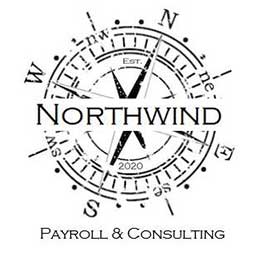
Apprentices are valuable capital for the future – especially in times of a shortage of skilled labour. Many young people look at the level of training pay before deciding to do an apprenticeship. Now the minimum wage for trainees has been raised again, which should create further new incentives. The Northwind HR team will inform you here about the changes to the training allowance.
Things to know about the new training allowance

Many people from generations X and Y will still remember the meagre training allowance they received back then. This varied within the occupational groups, but was generally low.
Initially, the case law of the Federal Labour Court did little to change this. This was vaguely formulated, with the following wording: “Remuneration is appropriate if it provides tangible support for the trainee’s livelihood and at the same time represents a minimum wage for the trainee’s performance.”
Things got radically better with the new Vocational Training Act, which came into force on 1 January 2020. It provides for a minimum wage for training remuneration – regardless of the occupation being learnt. Remuneration then also increases depending on the year of training.
In addition, the future increase in trainee pay is reassessed and adjusted every year. The latest minimum wage requirement for training allowances has been in force since 1 January 2024.
Regulations and increase in training allowance 2024
Basically, it should be noted that the fixed amount of the training allowance is a minimum level that must not be undercut. It is a minimum training allowance, so to speak.
Training companies that are bound by a collective agreement must give priority to this agreement. If an employer is not bound by a collective agreement, the usual training allowance within the sector may not be more than 20 per cent lower than the collectively agreed allowance. However, the minimum training allowance is the limit. Trainees’ pay must not fall below this.
Since 1 January 2024, these lower limits have applied to monthly training allowances:
- 1st year of training: 649 euros (previously 620 euros)
- 2nd year of training: 766 euros (previously 731.60 euros)
- 3rd year of training: 876 euros (previously 837 euros)
- 4th year of training (depending on training requirements): 909 euros (previously 868 euros)
The effective date of validity is always the date on which training commenced. This means that this applies to training that began or will begin between 1 January 2024 and 31 December 2024.

These minimum remunerations are gross and net. This is because trainees have an annual basic tax-free allowance and only pay income tax from annual earnings of EUR 11,604 (previously EUR 10,908).
However, if the voluntary or collectively agreed remuneration is higher, tax may have to be paid.
Please contact us if you have any questions about training allowances or the correct calculation of wages and salaries!
